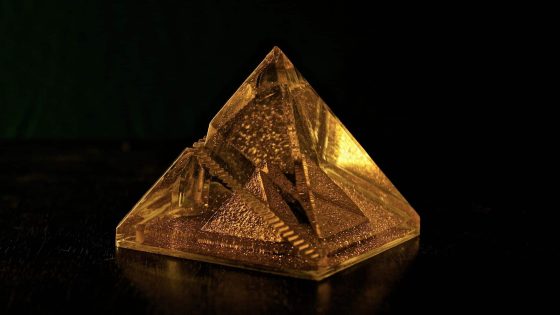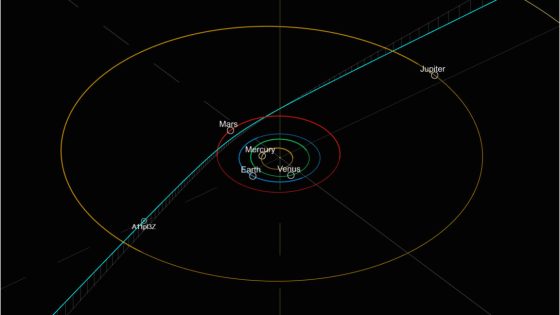A groundbreaking scientific achievement has emerged with the creation of a unique four-faced pyramid known as Bille, which consistently lands on the same face regardless of how it is thrown. This remarkable object, classified as a monostable tetrahedron, confirms a mathematical theory proposed over 40 years ago by British mathematician John Conway. As of 2025-07-07 21:00:00, this discovery not only fascinates mathematicians but also opens new avenues in engineering.
- Bille is a monostable tetrahedron.
- It always lands on the same face.
- Built using carbon fiber and tungsten carbide.
- Originated from John Conway's mathematical theory.
- Potential applications in spaceflight and medicine.
- Highlights importance of physical object design.
The pyramid’s design features a single stable equilibrium point, allowing it to return to the same position when disturbed. Constructed from lightweight carbon fiber and a tungsten carbide base, Bille exemplifies an extraordinary balance of mass and shape, making it the first object of its kind.
This discovery raises intriguing questions about the intersection of mathematics and engineering. How can such geometric principles be applied in real-world scenarios? The implications are vast:
- Potential applications in aerospace engineering for self-righting mechanisms.
- Inspiration for innovative designs in pharmaceuticals, like self-positioning insulin capsules.
- Further exploration of monostable objects could lead to new technological breakthroughs.
As researchers continue to explore the implications of Bille, we may soon see its influence in various fields, from space exploration to medical technology. The future holds exciting possibilities for the application of such groundbreaking discoveries.
































